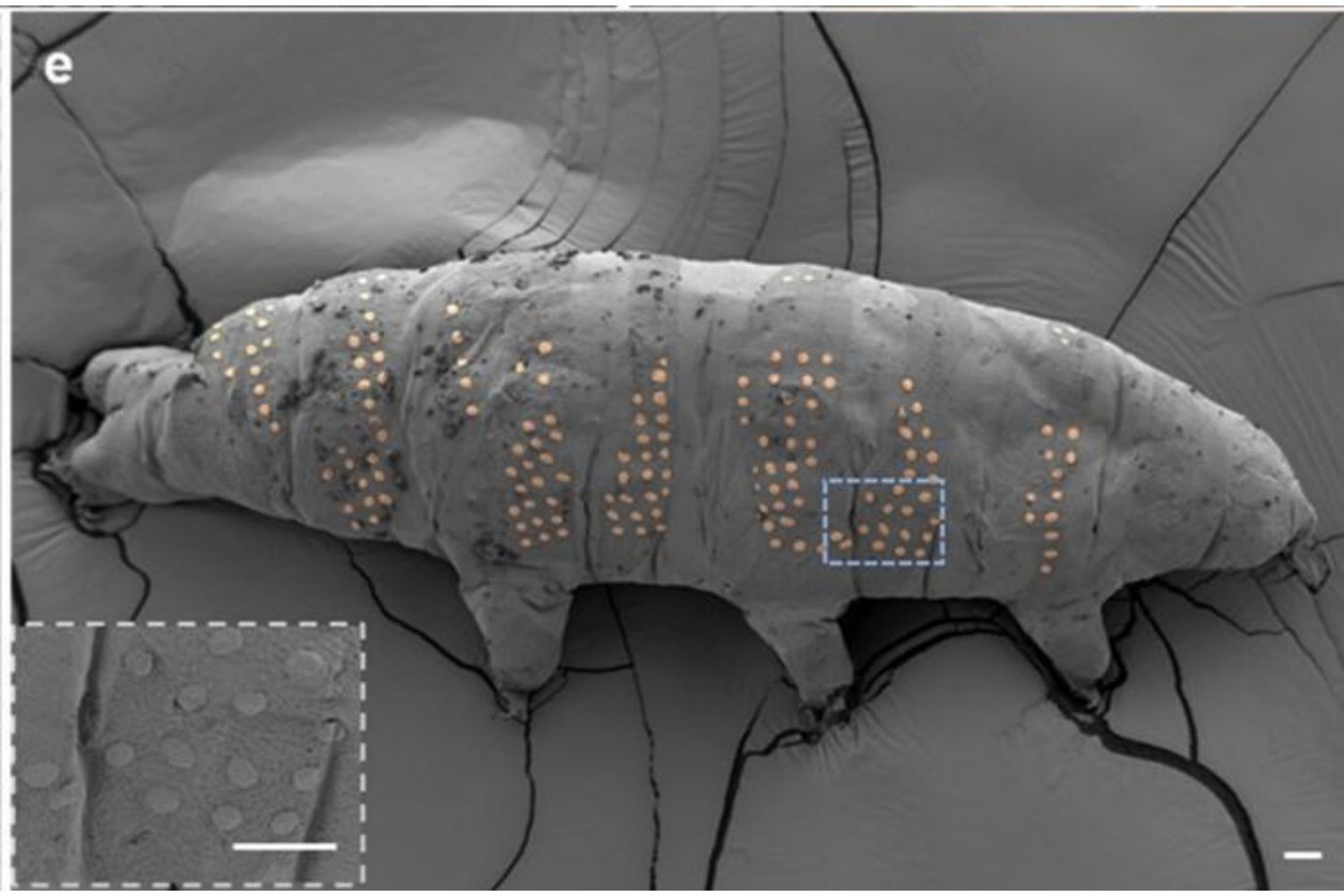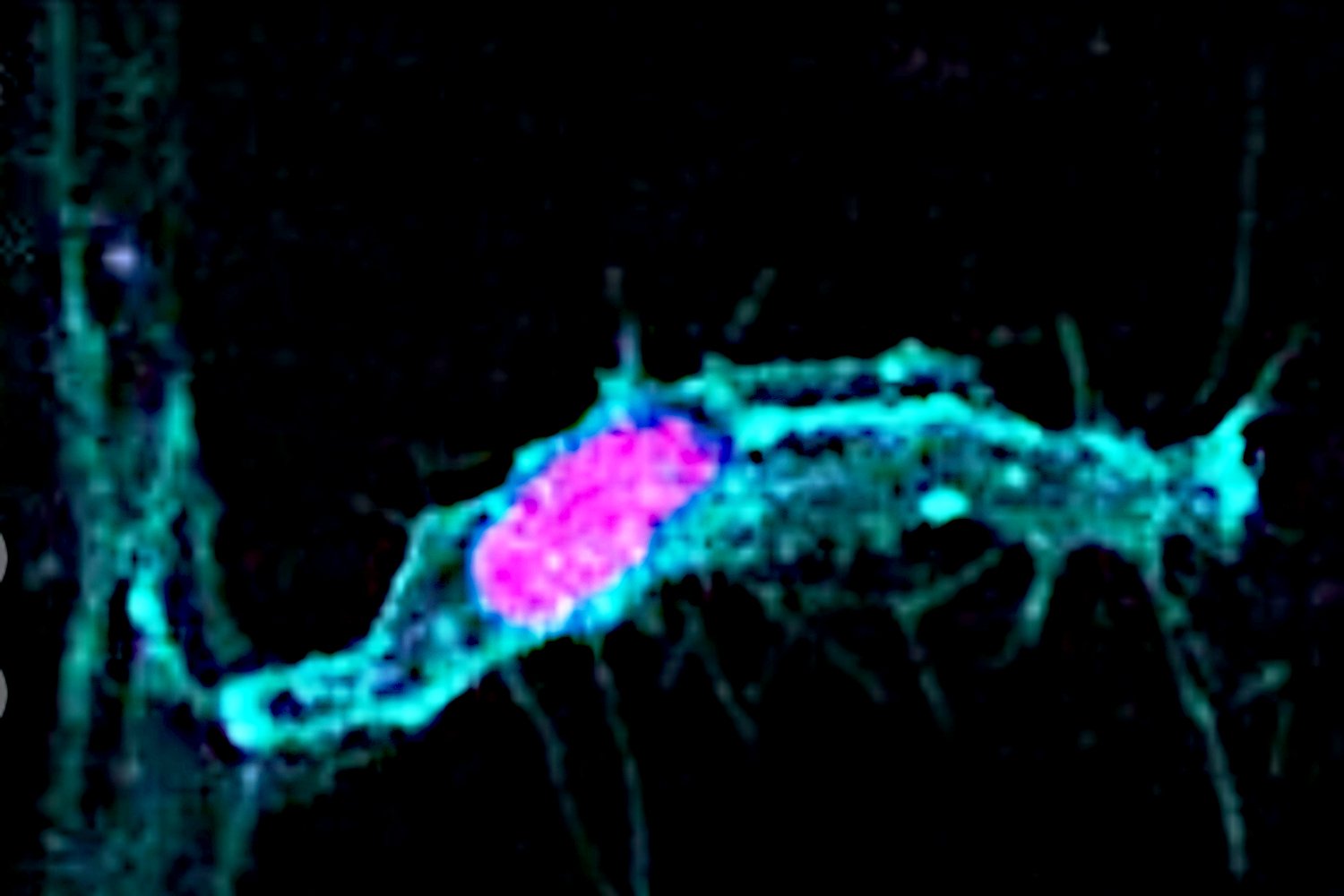Have you ever experienced a sudden mental void, a moment where your thoughts seem to vanish into thin air? This phenomenon, known as mind blanking, is more than just a fleeting lapse in memory. New research suggests it’s a genuine brain state, deserving of dedicated scientific study. A recent review, published in Trends in Cognitive Sciences, delves into the existing data on mind blanking, proposing that it’s a unique state of consciousness, distinct from mind wandering or daydreaming.
The research team, comprised of consciousness experts from Belgium, France, and Australia, initiated this collaborative effort following a conference on consciousness approximately three years ago. Athena Demertzi, director of the Physiology of Cognition lab at the University of Liège, explains that the concept of mind blanking isn’t entirely new. It has been a topic of interest within meditation research for some time. However, there’s a growing recognition of its significance in the broader fields of cognition and sleep research.
“Cognitive scientists are increasingly acknowledging that individuals experience moments of mental blankness during their waking hours,” Demertzi stated. “Simultaneously, sleep and dream researchers are paying closer attention to phenomena like ‘white dreams,’ where individuals remember dreaming but can’t recall the content.”
The research team analyzed data from approximately 80 studies related to mind blanking. This included their own research, which involved measuring brain activity during reported moments of blankness. Their conclusion: mind blanking is a verifiable neurological phenomenon.
“Mind blanking is a real experience, not simply a matter of forgetting or reporting failure. Our stream of thoughts can intermittently cease, leaving us with the sensation of thinking about nothing,” Demertzi explained. “Our review demonstrates that mind blanking isn’t a subjective illusion. It corresponds to a distinct brain state, different from those associated with processing specific mental content.”
This distinct brain state is characterized by unique patterns of activity. Studies involving individuals actively trying to clear their minds showed reduced activity in areas like the supplementary motor cortex and hippocampus. EEG data further suggests that certain brain regions may enter a sleep-like state during these blank periods.
The findings indicate that individuals experience mind blanking between 5% and 20% of the time, on average. Certain individuals, such as those with ADHD, appear more susceptible. However, further research is needed to solidify these findings and address numerous unanswered questions.
“We still need to determine the typical duration of mind blanking episodes and if different types exist. Are some instances voluntary? Could mind blanking occur during high-performance states like flow?” Demertzi posed. “A deeper understanding of the neural mechanisms is also crucial. Is mind blanking a failure to generate mental content, or a failure to access existing content?”
The research team aims to inspire further investigation into this intriguing phenomenon. Unraveling the mysteries of mind blanking could offer valuable insights into the complexities of human consciousness. Published research and ongoing studies will continue to explore the nature of this unique mental state. Further investigation could explore potential links between mind blanking and other cognitive processes. For example, the relationship between mind blanking and creativity or problem-solving could be an area of future research. The conference mentioned earlier (annual conference) provides a backdrop for this ongoing discussion within the scientific community.











